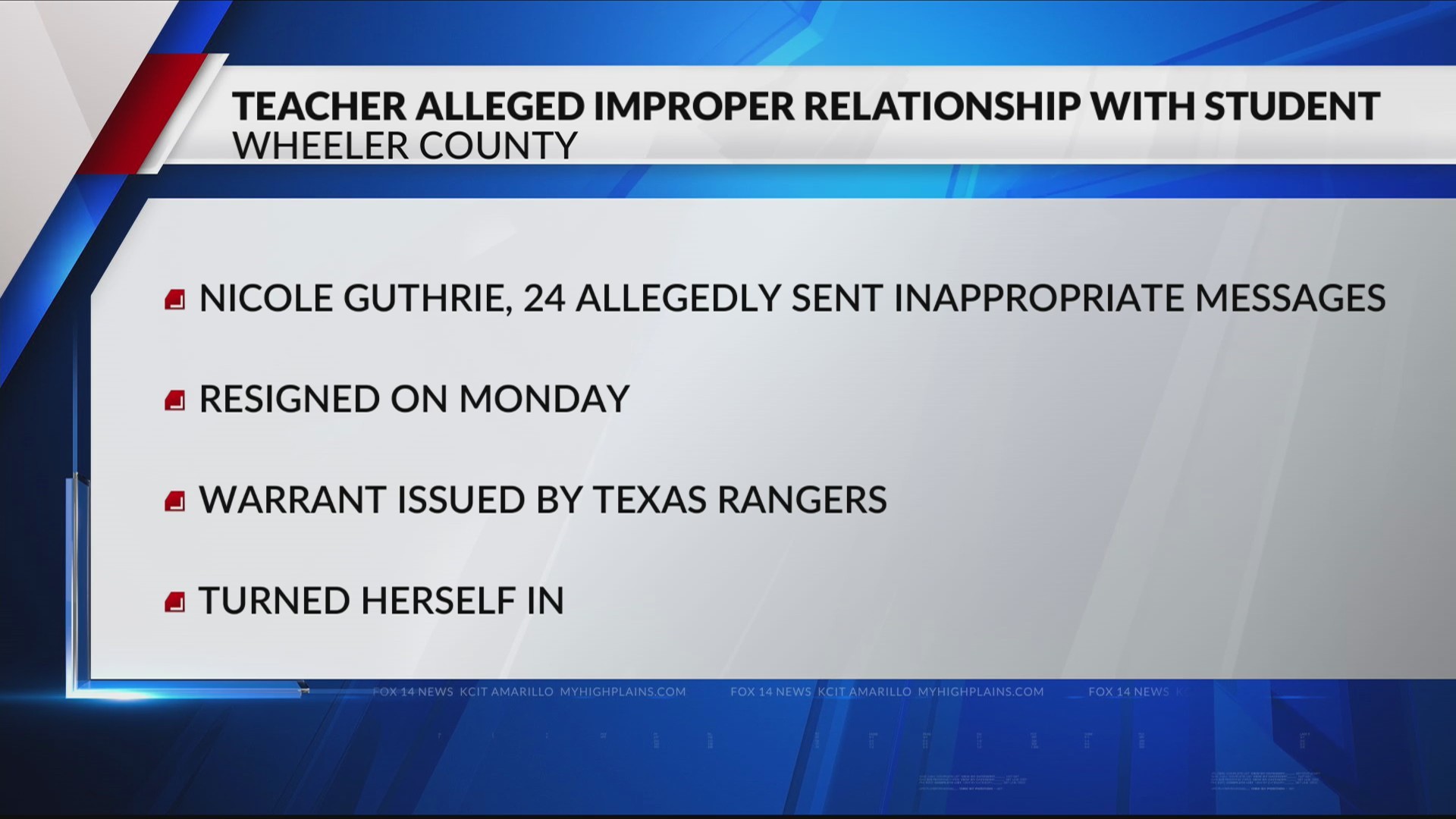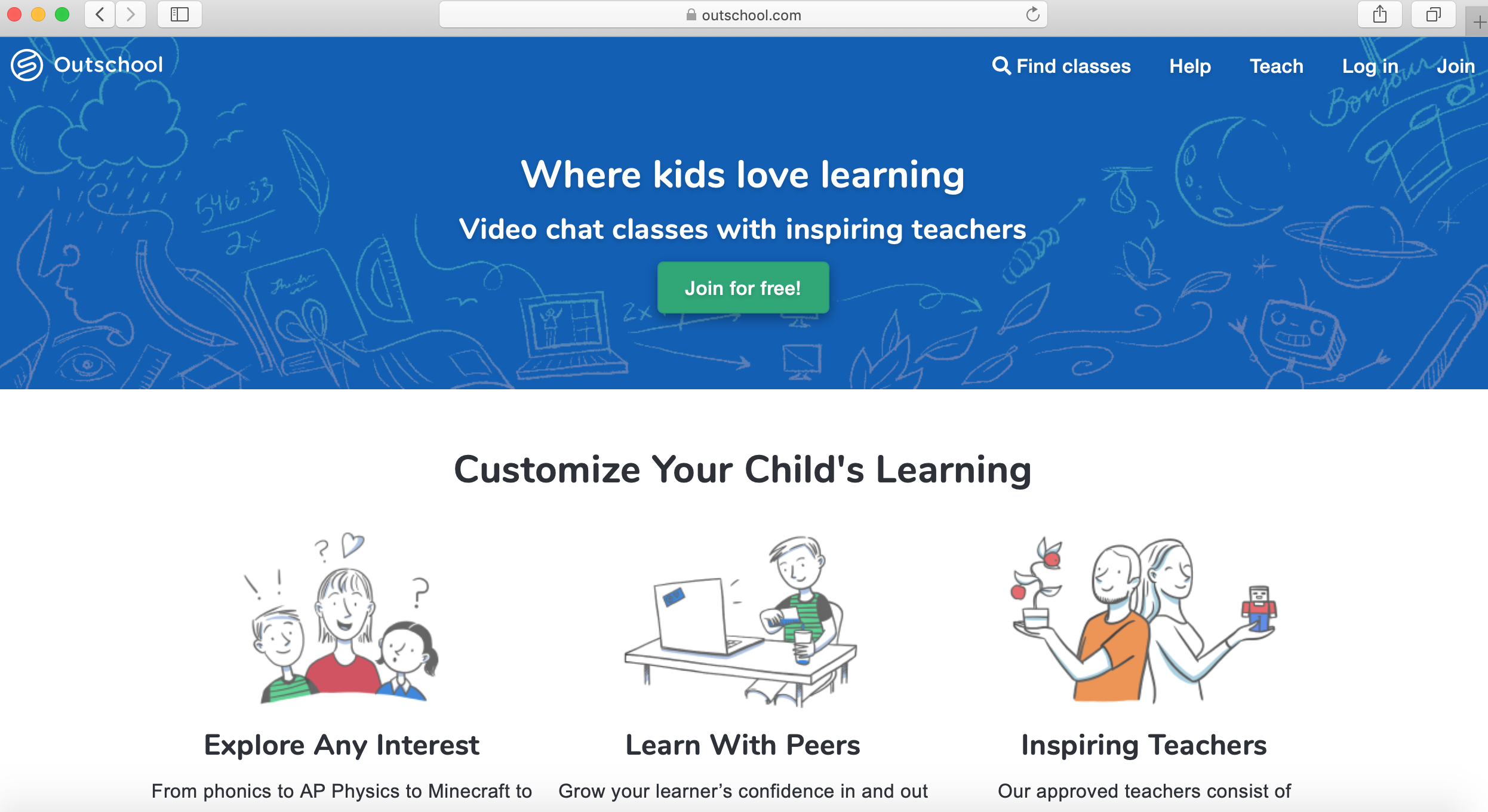There are many tools which a global educator should have handy in their “toolbox”. This tool box should be equipped with tools serving multiple purposes in order to ensure that their students are given every opportunity to learn. One of the easiest tools to add, provided your budget allows, is the iPad. The iPad incorporates literacy, numeracy, and voice to demonstrate student learning (Lindsay, 2016). A benefit of use of the iPad within the classroom is that it provides for student learning where the student is having fun, as demonstrated in the above video.
The use of iPads in the classroom allows for an interactive setting for the students as they have to engage with the lesson in order to achieve tasks, and ultimately understand the material.
While there are some understandable concerns about the use of iPads in the classroom, such as, distraction and reliance on technology. Educators, and the developers of applications for the iPad, strive to minimize student deviation from the intended lessons by having options available so that students may only use selected applications in class.
The below video highlights ten tips for best utilizing iPad within the classroom.
Some of the best uses, highlighted in the video, are that iPad use can be used to help students with learning differences within the classroom, it can also limit distraction through guided access, and finally you can use the iPads to help students with English as a second language.
Finally, one of the best aspects of a global connected learning community is the opportunity for both teachers, and students to communicate and create with other people in the community. This means that with any of the tools in the global educator’s toolbox you are not limited to only the ideas or lesson plans that you come up with. There is an entire community of people willing to share their best uses for these tools within the classroom. Through research I was able to locate multiple lesson plans surrounding iPad use in the classroom. Check out one example, of a lesson plan where iPads were used in the classroom, here!



